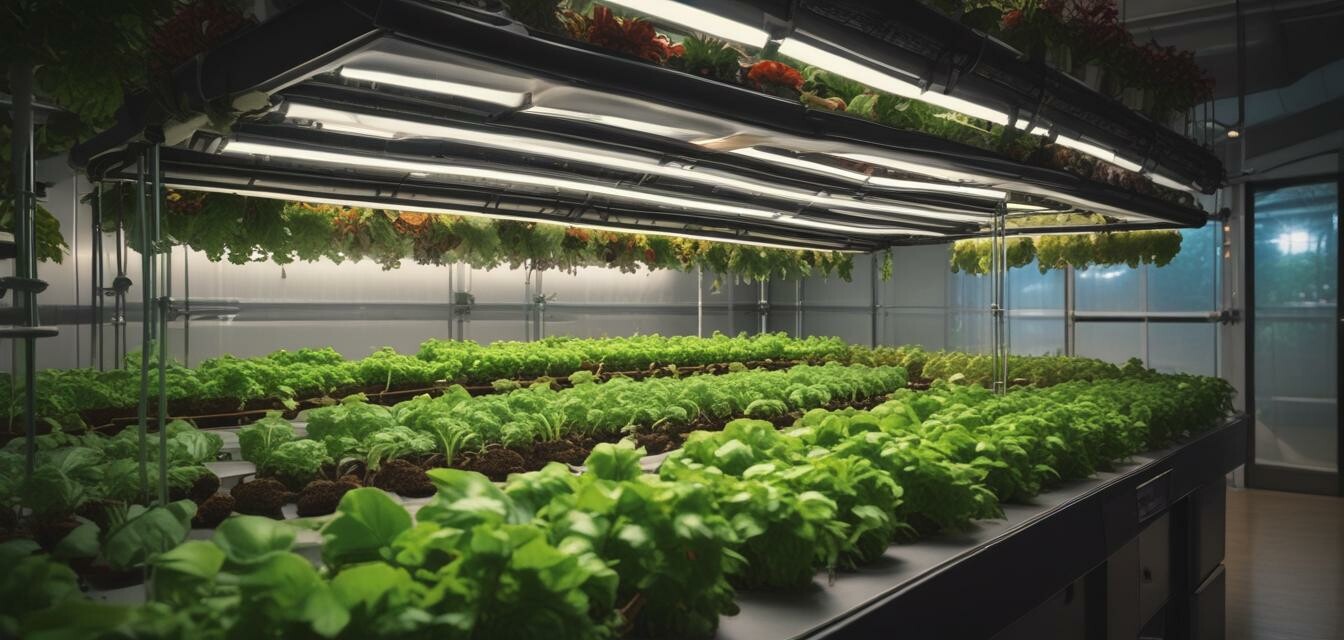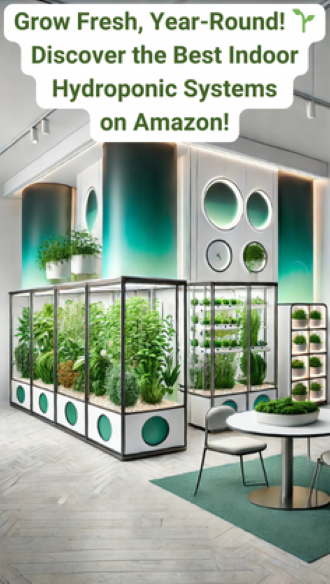
Companion Planting in Hydroponics
- Companion planting can optimize space and enhance plant growth in hydroponics.
- Utilizing beneficial plant relationships can deter pests and improve yields.
- Understanding the best pairings maximizes nutrient and light efficiency.
- Common pairings include herbs with vegetables and complimentary crops.
- Experimenting with different combinations leads to better insights over time.
Companion planting is an age-old gardening technique that has found a new home in hydroponics. This strategy leverages the natural relationships between plants to maximize growth potential, optimize space, and even reduce pest problems. In this article, we’ll explore how to effectively incorporate companion planting into your indoor hydroponic setup. Whether you're new to hydroponics or looking to refine your techniques, you will discover valuable insights that can lead to a flourishing garden.
What is companion planting?
Companion planting involves growing different plants together for mutual benefits. This could mean enhancing growth, protecting against pests, or even improving the flavor of certain crops. In a hydroponic setup, where space and resources are precious, companion planting can significantly boost your productivity.
Benefits of companion planting in hydroponics
- Space efficiency: Maximize your available space by pairing compatible plants that can share resources.
- Pest control: Some plants can naturally repel pests, reducing the need for chemical controls.
- Nutrient optimization: Different plants have varying nutrient needs, which can complement each other and improve overall growth.
- Diverse harvests: Growing multiple plants can yield a variety of produce, enhancing your culinary possibilities.
Best companion plants for hydroponics
Identifying the best companion plants can lead to better results in terms of growth and yield. Here are some of the best pairings:
| Plant Type | Companion Plant | Benefit |
|---|---|---|
| Tomatoes | Basil | Enhances flavor and repels whiteflies. |
| Cucumbers | Radishes | Radishes deter pests that affect cucumbers. |
| Lettuce | Chives | Chives help prevent fungus and improve lettuce growth. |
| Peppers | Oregano | Oregano boosts flavor and protects against pests. |
Setting up companion planting in your hydroponic system
Integrating companion planting into your hydroponic system involves careful planning. Here are some steps to help you get started:
- Choose your plants: Based on the benefits and compatibility table, select the right plants for your hydroponic setup.
- Design your layout: Plan how to position the plants within your system, ensuring each plant has enough space to grow.
- Monitor growth: Regularly check the growth and health of your plants to ensure they are thriving together.
- Adjust as needed: Be ready to make adjustments if certain plant combinations aren’t working as expected.
Common challenges with companion planting
While companion planting can lead to amazing results, it does come with its own set of challenges:
- Not all plants thrive together; some combinations can hinder growth.
- Requires careful observation and adjustment to achieve the best results.
- Limited space may restrict diverse plant choices.
Tips for successful companion planting
Beginners Section
- Start with well-known companion plants to build your confidence.
- Document your results to learn which combinations work better over time.
- Experiment with small batches before scaling up your system.
- Utilize hydroponic resources to help with nutrient management and pH balance.
Key takeaways
Companion planting in hydroponics can lead to a more productive and diverse indoor garden. Whether you are looking to increase your yields or enjoy a variety of flavors in your meals, this technique can enhance both your gardening experience and the quality of your harvest. By understanding plant relationships and effectively pairing compatible crops, you’re on your way to thriving plants and an enjoyable gardening journey.
Pros
- Enhances plant growth and yields.
- Improves pest resistance naturally.
- Maximizes limited indoor space efficiently.
- Diversity in harvests offers culinary benefits.
Cons
- Requires careful planning and monitoring.
- Potential for incompatible plants to fail.
- Learning curve may take time to master.
For further information and resources on hydroponics, check out our other articles on buying guides and innovations in hydroponic systems. Additionally, explore nutrient solutions to ensure your plants have the food they need, and see our environmental control equipment to maintain optimal growing conditions.
